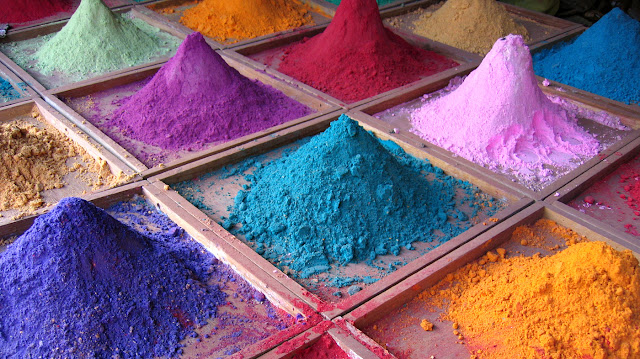How Direct Dyes and Reactive Dyes Shape Modern Color Trends

Color has a way of making everything more exciting. It grabs attention, imparts feelings, and even helps us make choices. In industries like textiles, fashion, and printing, dyes play a major role in creating the vibrant world we see around us. Among all the dyes out there, direct dyes and reactive dyes are the stars that shape today’s color trends. Let’s discuss what makes these dyes special and how they add brilliance to our lives. What are Direct Dyes, and Why are they Popular? Direct dyes are fantastic because they bond directly with materials like cotton, rayon, and paper without needing extra chemicals. That simplicity makes them a favorite in industries that need quick and affordable solutions for coloring. Why Choose Direct Dyes? Super Easy to Use: Just dissolve them in water, and you’re good to go! That makes the dyeing process so much simpler and easier to execute. Budget-Friendly: If you want vibrant colors without compromising on price terms, these dyes are the only wa...

